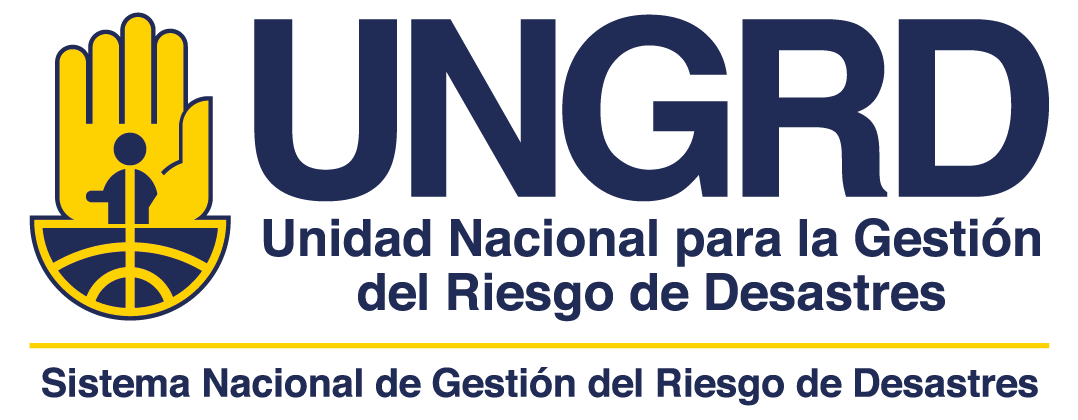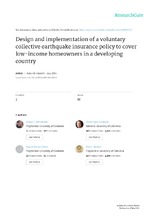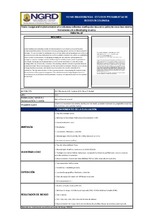Mostrar el registro sencillo del ítem
Design and implementation of a voluntary collective earthquake insurance policy to cover low-income homeowners in a developing country
| dc.creator | M.C. Marulanda | |
| dc.creator | O.D. Cardona | |
| dc.creator | M.G. Mora | |
| dc.creator | A. Barbat | |
| dc.date.accessioned | 2016-07-28T13:29:10Z | |
| dc.date.available | 2016-07-28T13:29:10Z | |
| dc.date.issued | 2014 | |
| dc.identifier.citation | M.C. Marulanda, O.D. Cardona, M.G. Mora, A. Barbat. (2014). Design and implementation of a voluntary collective earthquake insurance policy to cover low-income homeowners in a developing country . Barcelona. Natural Hazards Journal | |
| dc.identifier.uri | http://hdl.handle.net/20.500.11762/19827 | |
| dc.description.sponsorship | Universitat Politécnica de Catalunya, Universidad Nacional sede Manizales | |
| dc.format | Digital (.pdf) | |
| dc.language.iso | en | |
| dc.publisher | Natural Hazards Journal | |
| dc.source | instname:Unidad Nacional para la Gestión del Riesgo de Desastres | spa |
| dc.source | reponame:Repositorio Institucional Unidad Nacional para la Gestión del Riesgo de Desastres | spa |
| dc.subject | Seismic risk insurance instruments | |
| dc.subject | earthquake risk model | |
| dc.subject | probable maximum loss | |
| dc.subject | expected annual loss | |
| dc.subject | risk premium | |
| dc.subject | cross-subsidy strategy | |
| dc.title | Design and implementation of a voluntary collective earthquake insurance policy to cover low-income homeowners in a developing country | |
| dc.type | info:eu-repo/semantics/article | spa |
| dc.description.departamento | BARCELONA | |
| dc.type.spa | Artículo de investigación | |
| dc.rights.accessRights | info:eu-repo/semantics/openAccess | spa |
| dc.description.abstractenglish | Understanding and evaluating disaster risk due to natural hazard events such as earthquakes creates powerful incentives for countries to develop planning options and tolos to reduce potential damages. The use of models for earthquake risk evaluation allows obtaining outputs such as the loss exceedance curve, the expected annual loss and the probable maximum loss, which are probabilistic metrics useful for risk analyses, for designing strategies for risk reduction and mitigation, for emergency response strategies and for risk financing. This article presents, based on probabilistic risk models, the design and implementation of a risk transfer instrument to cover the private buildings of the city of Manizales, Colombia. This voluntary collective instrument provides financial protection to both, the estate-tax payers and the low-income homeowners through a cross subsidy strategy- besides, it promotes not only the insurance culture but also the solidarity of the community. The city administration and the insurance industry are promoting this program using the mechanism of the property-tax payment. This collective insurance helps the government to access key resources for low-income householders recovery and improve disaster risk management at local level. | |
| dc.identifier.doi | 10.1007/s11069-0114-1291-4 | |
| dc.relation.publisherversion | https://www.researchgate.net/publication/264826179 | |
| dc.type.hasVersion | info:eu-repo/semantics/acceptedVersion | spa |




